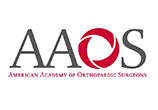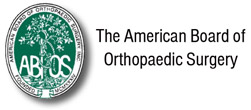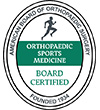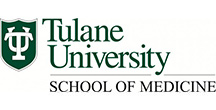Best Anti-inflammatory Medications for Knee Pain
Knee pain can result from many conditions, including osteoarthritis, tendonitis, and sprains. These conditions can range in severity from a minor annoyance to disabling pain. Here are the best anti-inflammatory medications to help you obtain relief.
How Often Should You Work Out?
Regular exercise is part of a healthy lifestyle. But you might be wondering how much you should work out in a given week to get the most benefits.
The Effect of PRP Augmentation of Arthroscopic Repairs of Shoulder Rotator Cuff Tears on Postoperative Clinical Scores and Retear Rates: A Systematic Review and Meta-Analysis
The aim of this review and meta-analysis is to assess recent clinical trials concerning the combination of operative treatment of rotator cuff tears and the administration of PRP and its effect on clinical scores and postoperative retear rates. The trials were used to compare the combination of PRP treatment and arthroscopic rotator cuff repair to arthroscopy alone.
Clavicle Fracture Treatment: When Is Surgery Necessary?
Clavicle fractures, or broken collarbones, are typically treated without surgery. There is some evidence, though, to suggest that clavicle fractures may heal faster and more predictably when surgical repair is done.
How long does it take to recover from a torn ACL?
Damage to the anterior cruciate ligament (ACL) is a common yet severe knee injury. Most people who experience a torn ACL recover in 3–12 months, depending on injury severity and goals for rehabilitation.
McMurray test: What a positive result means
The McMurray test is a physical examination doctors use for knee injuries. A positive McMurray test means a person likely has a meniscal tear
Hill-Sachs Lesion Injury and Deformity
A Hill-Sachs injury to the shoulder can occur due to a shoulder dislocation, resulting in a Hill-Sachs lesion or a Hill-Sachs deformity of the head of the humerus bone (the upper arm bone).As the bones in the shoulder joint dislocate, the round humeral head (the ball on the top of the arm bone) can strike the edge of the glenoid bone (the socket) with force. This creates a compression fracture in the humeral head. A small divot in the bone is often seen on MRI, and larger Hill-Sachs injuries may also be seen on an X-ray.
Side Stitch: What It Is and How To Get Rid of the Pain
You know that pain. You’re working out, playing a pick-up game of basketball or taking a quick run, when you feel a sharp pain near your ribcage. Sometimes, it can be so painful that it stops you in your tracks. Known as a side stitch, this type of pain is common but usually isn’t anything to be concerned about.
8 IT Band Stretches and Exercises to Help Relieve Outer Knee Pain
There’s nothing fun about that stabbing pain outside your knee caused by iliotibial band syndrome. The good news though? Doing IT band stretches and strengthening exercises can provide much-needed relief.
Q&A: Common calf muscle injuries in runners over 40
Calf muscle injuries are among the most common for runners over 40, particularly men. This type of soft tissue injury can heal, but it is going to take time. For younger runners, recovering from a calf muscle injury usually takes about six to eight weeks.





